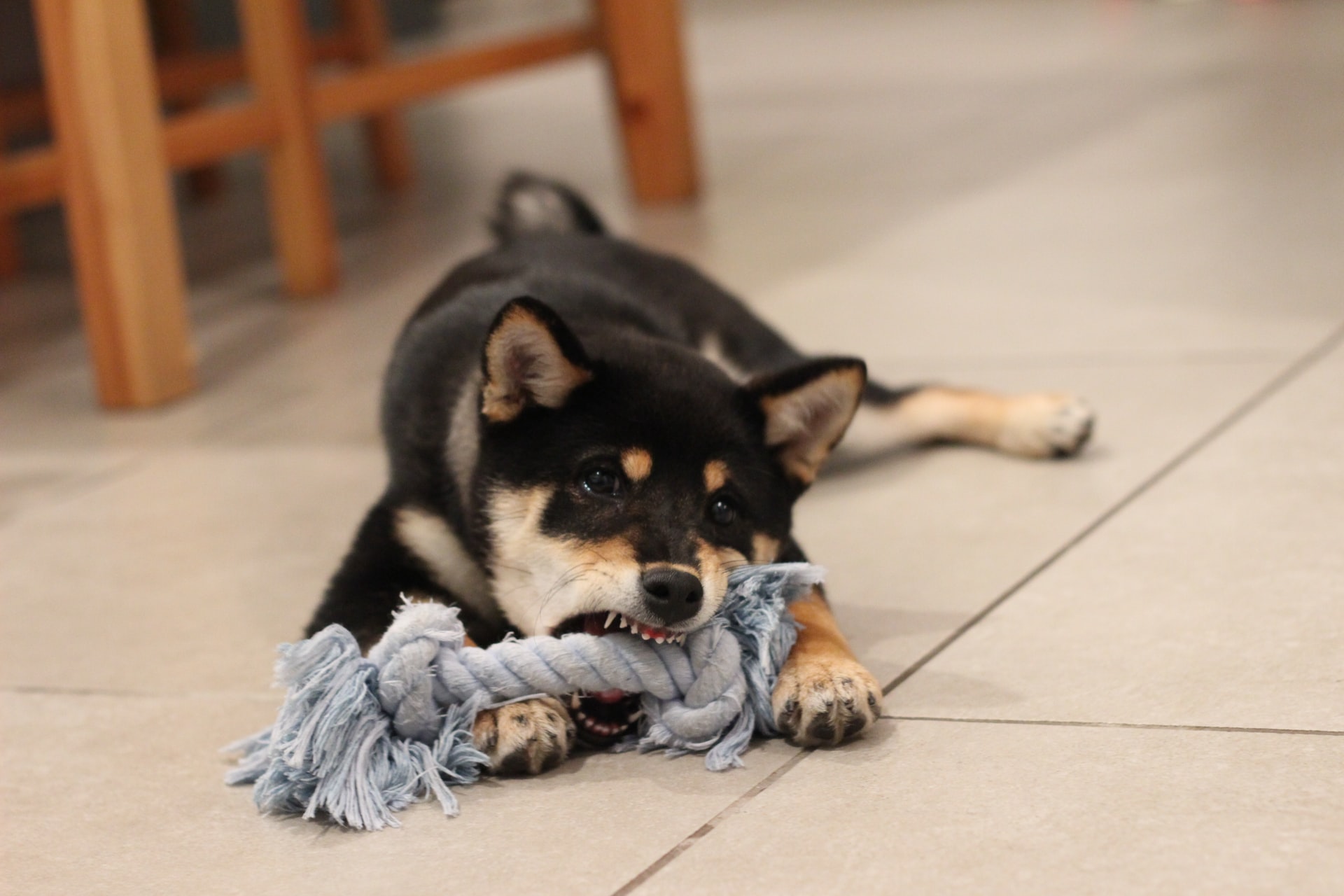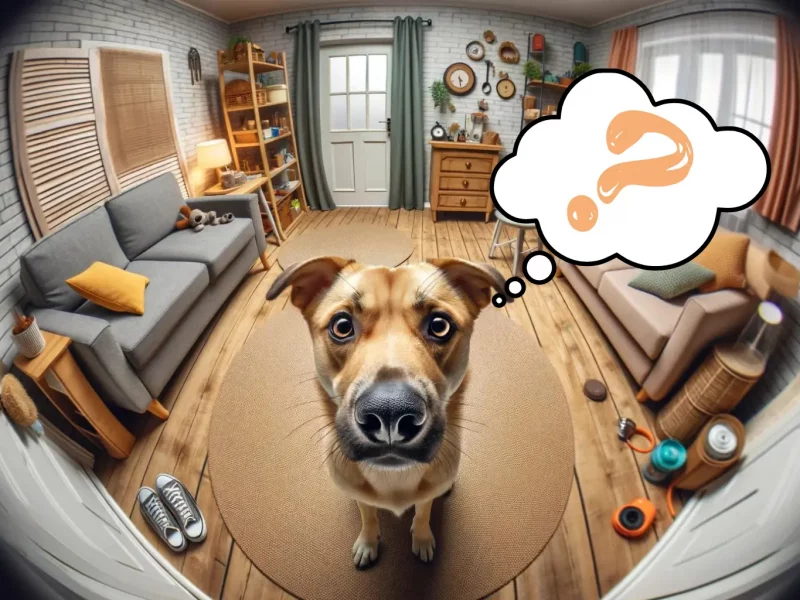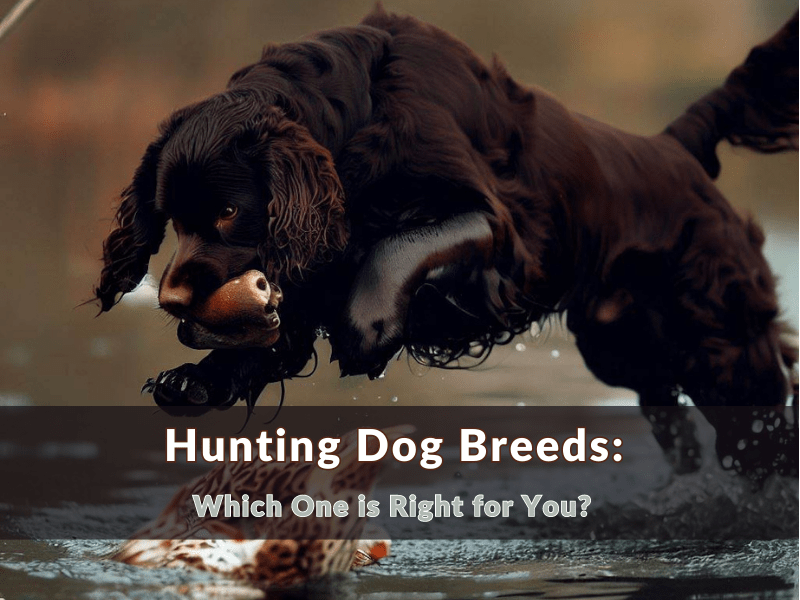Anyone who has watched dog plays knows that it is natural for dogs to bite people. It is the result of their predatory instincts and is a symptom of emotions such as fear, obsession, and pain. However, the playing puppies also teach each other not to bite hard in the so-called “no biting”. Through proper training, it is best to start from a young age, coupled with social interaction and other training methods, and even tell the dog, even the older dog, not to bite. Please note that hitting the dog is not part of this training process.
There are 11 simple step to stop your puppies from biting habit:
1. Keep the puppy with its mother and siblings for 10 weeks
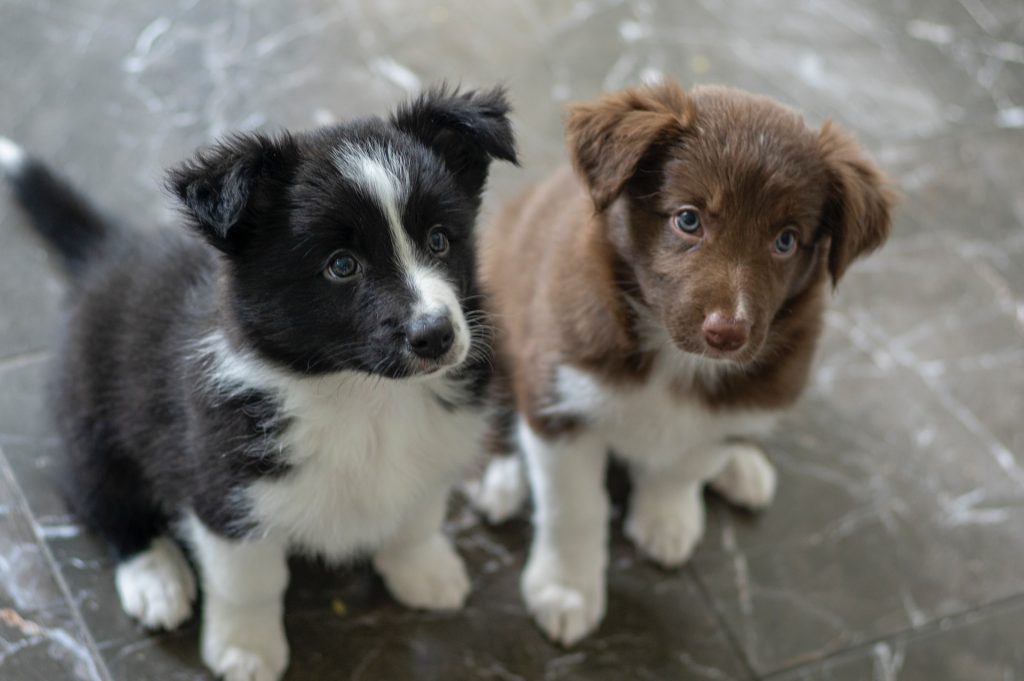
Before your family takes over, please allow your dog’s family to undergo some training. For dogs, for other animals, including humans, training is an important function of the game. The puppies howled in pain, refused to continue playing, trying to explain to each other the difference between a funny bite and a painful bite. The mother also plays an important educational role during the few weeks of adulthood for the puppies, which are difficult to breed or replace.
2. Socializing your dog at a young age
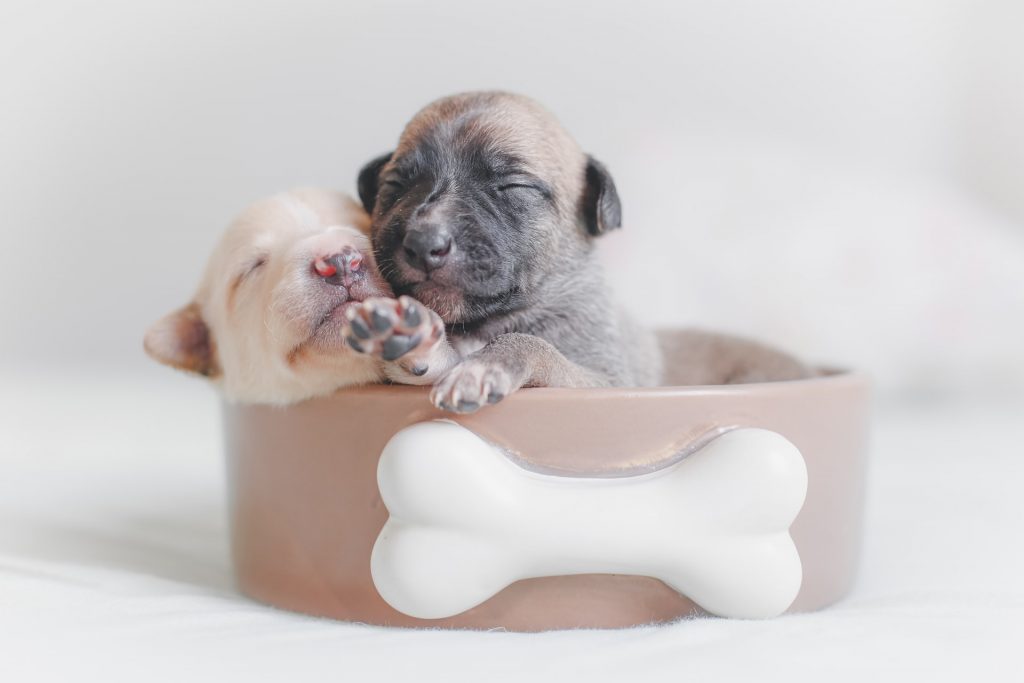
nervous and/or frightened are more likely to react unpredictably and respond to normal behaviors, including biting. Introduce your puppy to other animals and people in various environments to reduce the normal social environment. Teaching impulse control This may not seem as simple as trying to teach your puppy not to bite but teaching common commands such as sitting, stopping, entering and leaving, and leaving can often be effective in preventing biting. …You may think you are just teaching the beagle to behave, but at the same time, you are teaching him to be patient.
3. Train their control
It may not sound so directly like attempting to “do not bite” your puppy, but it is also very successful for bite prevention to teach basic commands such as “Sits,” “Wait,” “Come” and “Leave It.” You may think your puppy is teaching him to obey, but you’re teaching him patience as well.
- Dogs with weak pulse control can bite harder when they don’t instantly satisfy their needs.
- Teach your dog how to “leave it” — to stop a reward before the nose, such as “take it” — may be especially helpful in avoiding biting.
4. Make your dog gentle
Dogs do not know innately how susceptible canine teeth are to human skin. Make this as a litter of puppies known to your dog. The sooner you begin, the better.
- Play and let her mouth your hand with your puppy. However, if you feel a dental point touching your skin, have a showy “yelp” that shows you that it hurts you, and you won’t be playing if it goes on. When the dog stops moving or leaves his limp side, encourage her and repeat it.
- Tell “no” or “no bites” instantly when you feel your puppy will bite you again. Reward him with praise and a treat, if he doesn’t bite you. This is a perfect way to show your puppy that biting is bad with positive reinforcement.
- If it is not enough to make your hand uninteresting to play, use timeouts. After shouting, leave the space 10-20 seconds to show that biting is not a part of playing time. Extend your time and reduce your threshold on what your dog knows to a dough.
5. Train your dog not to have teeth on human skin
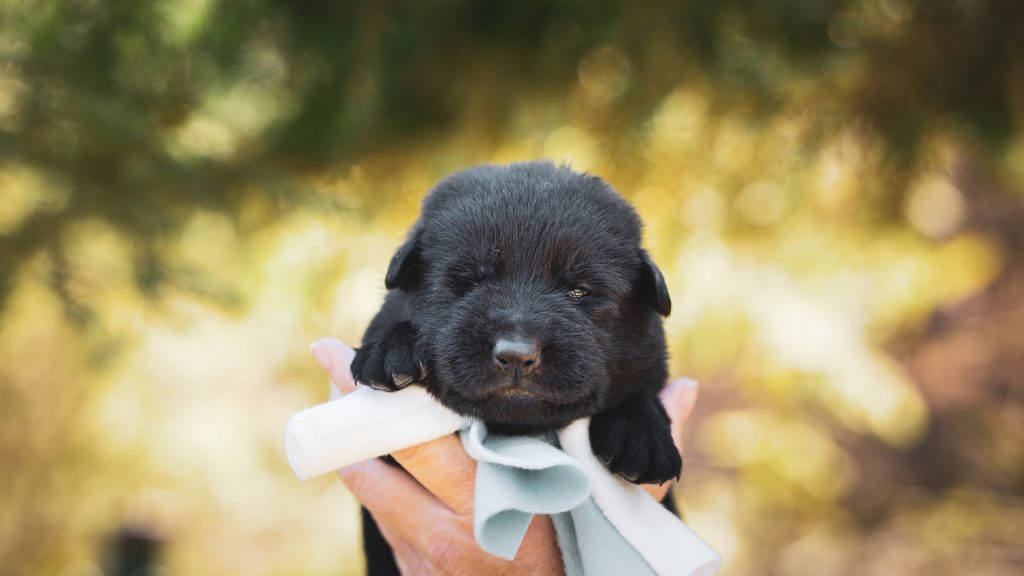
When your dog gets softer when it’s playful, lift the bar higher so that you disapprove every mouth with your skin. Use the same techniques as in the last stage:
- When your dog starts mouthing your skin, replace a chew toy or bone. Ready your toy and show it to the dog easily. He will understand that his mouthing instincts are appropriate goals.
- Distract the dog from the other with a cup of food in one hand. This is especially helpful when petting your dog that has a tendency to biting or to mouth. Over time, even if it is not a treat to distract you, the attention on the furrowing hand will become natural.
- Take advantage of contactless play like fetch. Show your dog that your skin does not have her mouth in several different ways.
6. Spay your dog unless you want to raise
Not only does this simple treatment avoid the unwanted puppy weight, but it also reduces tendencies to walk and battle, which can be used to bite some dogs.
Training step for your old dog
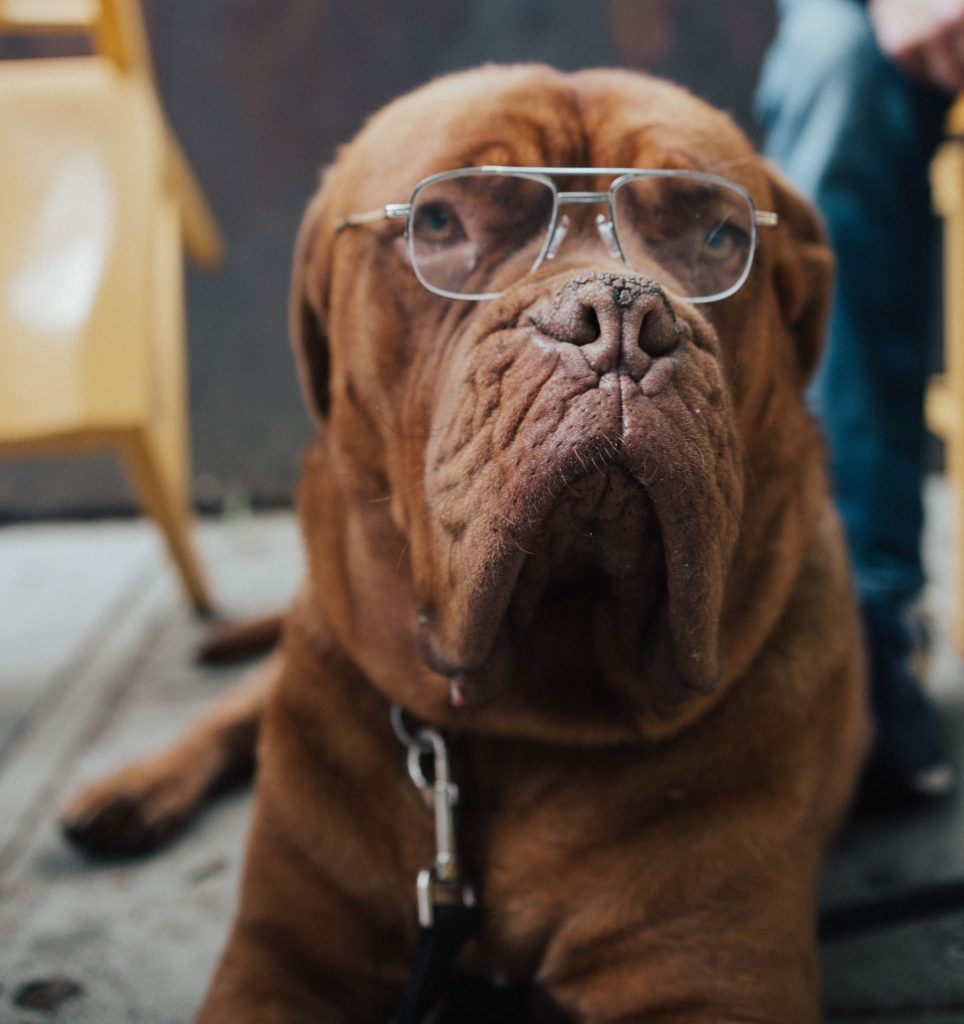
7. Use the methods in steps 2 to 6
As the old saying notes, the patterns and attitudes of an elderly dog would be even harder to improve. Let your allies be patient and perseverant.
8. Use a dissuasive taste
There are popular sprays that make the skin or clothing unpleasant for your dog to smell and taste. For example, spray your shirt sleeve in that area when playing if your dog tends to bite your arm.
This dissuasion can also be looked for in-house models.
9. Properly punish
Beating your dog is never the right way to approach any situation, and in the case of biting, it just serves to instill fear, violence, and an excuse for rougher play, all of which encourage further biting. Use the based-on association methods mentioned below in conjunction with the “yelp and avoid” methods.
When your dog bites, spray her in the mouth with a peppermint breath spray (such as Binaca). She would dislike both the taste and the sensation of the spray.
10. Find professional help
So each dog is individual, and training a pup or an older dog can be a challenging and seemingly futile activity. There is no shame in enlisting the assistance of educated and qualified practitioners.
- The ASPCA advises you to pursue the services of a Certified Applied Animal Behaviorist (CAAB or ACAAB), a Veterinary Behaviorist (Dip ACVB), or a Certified Professional Dog Trainer (CPDT) who has shown experience working with biting dog.
- Formalized paraphrase If possible, train your dog at home rather than taking him to a training academy. Training is most successful when performed in a familiar setting where the learned behavior is most widely predicted.
11. Prepare for the worst-case
Also, the better practice dog who has never demonstrated a proclivity for biting will bite you, a family member, or a visitor unexpectedly. Pain, even if you aren’t aware of it, maybe a cause of sudden biting action.
- If there are any habits, such as rough play or head licking, that can cause your dog to bite, make your family and guests aware of them.
- Teach those around you to recognize warning signs of an imminent bite, whether from your dog or another. Ears pinned back, hair standing up, body stiffening, widened eyes with a clear stare, and revealing of teeth that may resemble a yawn are all examples.
- Train those around you how to react to a threatening dog in the worst-case situation: Maintain your cool, be assertive while avoiding eye contact, and if threatened, ball up and cover your face, throat, chest, and fingers (by making fists)
Recommended Reading
- 10 Simple ways to protect Your Furniture from dog
- How to Stop a Dog From Digging
- 12 Simple Ways to Keep Your Dog Happy

